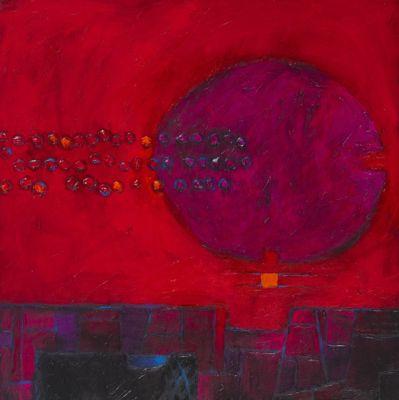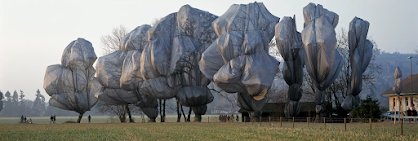Non-Western Art

Modern Peruvian Art Paracas: La Noche by Fernando de Szyszlo (2011) Fernando de Szyszlo's artwork, although abstract, reflects the pre-Colombian Peruvian culture. Many of his paintings contain abstract depictions of traditional ceremonial objects. Others, like this one, use shapes and colors that are reminiscent of traditional Peruvian culture. The large round circle in this painting reminds me of a vibrant sunset. De Szyszlo used extremely bright, warm colors like those that are found in other artwork from this region. I enjoy the red and purple colors in this painting. Lots of red can often feel alarming, but here it feels warm and comforting. My favorite thing about this painting is how balanced it feels. It is not sporadic and free-flowing like some abstract art. It is organized and carefully calculated. The small circles form three straight lines. A vertical line can be drawn through the middle of the large circle and the small orange shape below it. Another horizontal l

